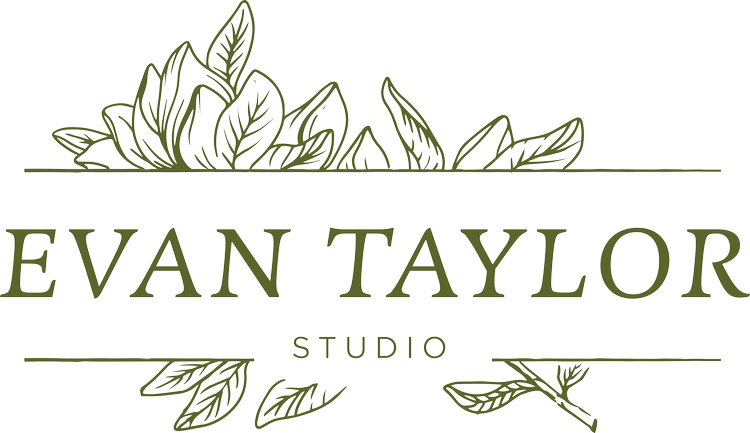When this journal entry was originally drafted, I had recently acquired the GFX50s with the GF 63mm f2.8 lens - enjoying the higher resolution, beautiful colors, but I kept reaching for my X-T2 and 35mmf1.4 instead. Was it a perceived depth of field issue? F1.4 always sounds better on paper than F2.8, but I knew they were practically equivalent because of sensor size, conversion factors, etc. Or maybe it was a choice of comfort, knowing exactly how to handle the X series and the results I would receive. 2 years later, I love them both and know exactly which scenarios call for what cameras/lenses - but in the moment I knew I should test them side by side to determine how these two kits compared to one another. Now for the people with the questions:
This is not a comparison of identical settings or f-stops. My goal was to compare two great kits paired with “50mm” standard prime lenses to make note of the differences in lens qualities
the lens and the sensor go hand in hand in this discussion, but I will only focus on the lens for this review.
All images I took were edited BW, matching exposure, contrast, and tonality as much as possible to remove those variables when comparing images.
The Weigh In
Some may be quick to assume a David and Goliath scenario when comparing APSC to Digital Medium Format, but there is more to the story in my opinion. Here is a brief look at “Full-Frame” equivalents as we compared these two kits. I use mmCalc.com when comparing equivalents across sensor sizes.
So, we end up with a slight discrepancy in F-stop and a few millimeters difference in focal length.
But is that the full story?
I also want to point out the difference in size and handling. The X-T2, as a representative of the X-Series, feels very nimble compared to the GFX50s, with it’s massive lens and overall girth when shown side by side. For some, this difference may already be a deal breaker if they need lightweight portable kit for their work.
Lens-hoods and all, the GFX50s dwarfs the X-T2 in sheer girth.
The Photographs
I did my best to capture multiple scenes to highlight the similarities and differences between these two systems. Hopefully it provides a clear picture how both can be used and which might suit your work and personal preferences. Two of my lovely friends were freshly engaged, and I asked them to come along with me for a quick couple’s shoot to test the lenses. Take a look at the gallery at the end of this review to see how each image stands alone. All images were shot wide open with their respective lenses. I also cropped all the X-T2 files to match the GFX format.
How Close?
I am beginning here to help direct the rest of the characteristics I want to highlight. With focal length and aperture “equivalent”, what else do we look at to compare depth of field, bokeh, drop off, and other qualities? Distance From The Subject.
Between the two lenses, the XF 35mmf1.4 can lean in much closer than the GF 63mm2.8. The Fuji 35mm moves in at just under a foot, 11.02" / 28 cm while the GF 63mm sits back at 1.64' / 50 cm. Moving in twice as close for a detail shot or head and shoulders portrait definitely exaggerates the perceived depth of field. Regardless of how close you can get, what look do you prefer?
The Background
Separating our subject from the background has practical and stylistic benefits, but with these two kits, which provides more drama and a subtler background? From what I can see, the XF 35mmf1.4 provides a more out of focus background with “waist up” distances and slightly larger bokeh. But is it better?
Once we move to “head to toe” the difference is negligible. Make note of the slightly longer focal length of the 35mm when comparing the space the couple’s take up in frame. Maybe this also adds to the overall effect, but I’m not sure.
Concluding Thoughts
So which is it? Who won? I have no clue. After looking back at this couple’s shoot and comparing images, I would end up choosing most of the GFX images, but definitely not all. Do the benefits of a smaller, lighter kit and closer focus beat out a larger sensor with incredible opportunities in post? You can decide, I don’t feel the need to pick sides. And besides, I use both cameras every week and completely enjoy them both. Maybe this is your call to invest in both Fuji systems, who knows.






















